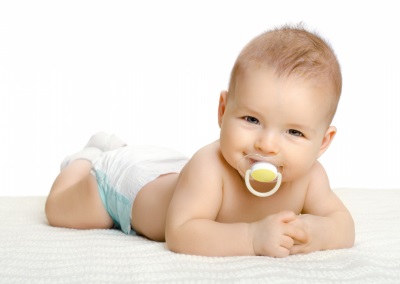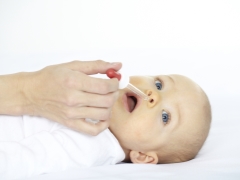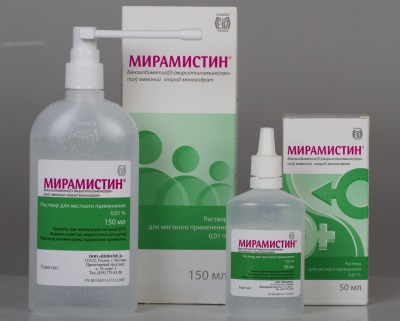Should I use "Miramistin" in the common cold in children and splash them in the nose?
When a child has a head cold, parents are ready to use different medicines that can alleviate the baby’s condition. One of the means by which the nose is buried and washed is Miramistin. However, in his instructions there is no mention of the possibility of use in rhinitis. Should I use such a drug, especially in childhood?
What is Miramistin usually used for?
Since this drug is a fairly strong antiseptic, it is in demand for the treatment of skin lesions and purulent wounds.
Miramistin affects both bacteria and some fungi, protozoa and viruses. It is prescribed for frostbite, bedsores, trophic ulcers, fistulas, lichen, burns and fungal skin lesions. It is distinguished by safety for the human body, as it acts locally and has virtually no side effects.
Detailed description of the drug, see the video:
The principle of action at a cold
Miramistin can have an effect in case of a bacterial common cold, since such a medicine has an antimicrobial and antiseptic effect.. It also speeds up the healing of wounds and prevents their infection. However, we note that this drug is unable to relieve the inflammatory process, remove excess mucus or affect an allergic reaction. Therefore, its use in the common cold, not caused by bacteria, is impractical.
How to apply?
Miramistin can be used for instillation of the nose, rinsing the nasal cavity and irrigation of the nasal passages with a nose rhinitis. For instillation of the nose is usually used miramistin in the form of eye drops. The drug is instilled three times a day, 2 drops. With the preventive purpose Miramistin is instilled into the nose 1 time per day.
For the treatment of a child under 12 years old, using nasal washings, Miramistin should be diluted with 1 to 3 saline. Per 1 flush, take 3 ml of the prepared solution. The procedure is carried out 3 times a day for no more than six days in a row. Children over 12 years old can be washed with undiluted medication.
Features of use in infants
- The medicine can be used only after consulting a doctor.
- It is almost not prescribed to babies, because bacterial rhinitis at an early age is extremely rare.
- Important eliminate the physiological rhinitis in the baby, since in this form of rhinitis miramistin not used.
- Sprays for children under 3 years old are not used., as they can get into the auditory tubes, which will result in otitis.

Tips
- Since in most cases viruses cause rhinitis, Miramistin will be ineffective.. To confirm that a child has ARVI, it is important to consult a doctor and not give any medication until a specialist examines a baby.
- Do not use Miramistin in the form of ointment for the treatment of rhinitis. Because of the fatty basis, such an ointment will disrupt the work of the epithelium and will interfere with the removal of mucus, which will only worsen the course of a cold.
- If treatment with miramistin did not help to eliminate the cold in 4-7 days, Be sure to consult your pediatrician to pick up another drug.
Reviews
Parents speak about the use of Miramistin in the common cold of a child in different ways.Some note a good effect produced, asserting that the drug helped with purulent nasal discharge. Other parents complain that the use of this antiseptic only aggravated the child’s condition, causing burning, redness and tearing.













